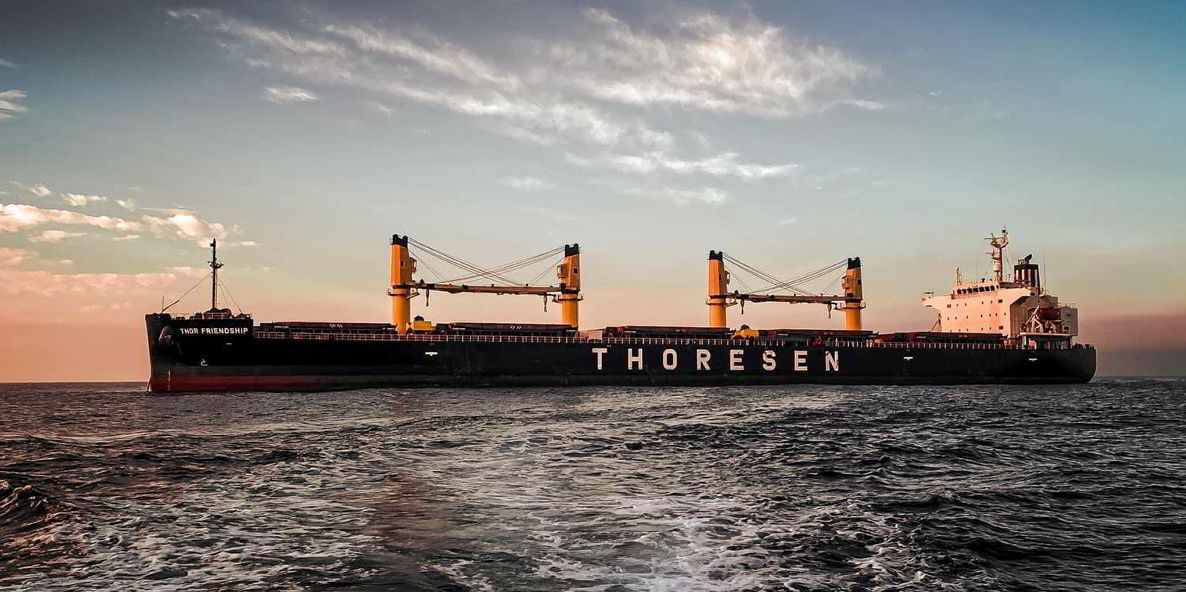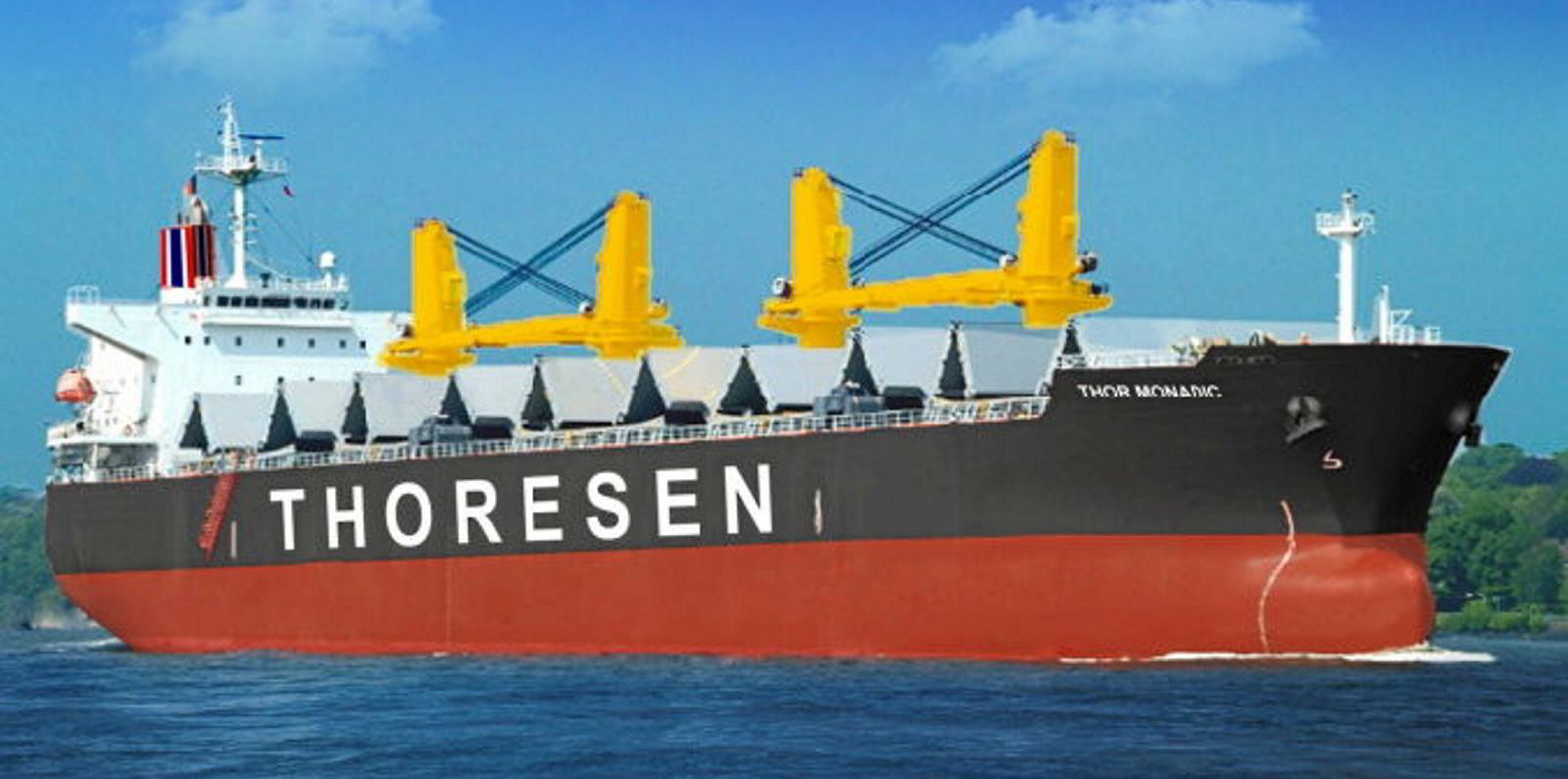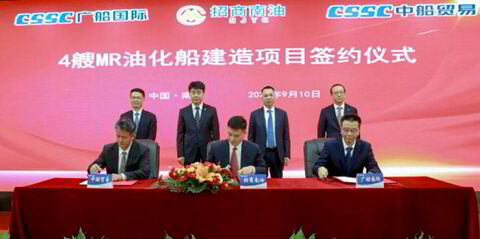Thoresen Shipping has become the latest bulker owner to post record profits on the back of the strong freight rates.
The Thai-backed shipowner said its third-quarter result of THB 1.77bn ($54m) was the "best ever profit in more than a decade".
Thoresen said freight revenues came in at THB 3.49bn in the third quarter, which was up 30% quarter on quarter and up over 200% year on year.
"Supramax freight rates averaged $34,269 per day in the third quarter, supported by a limited fleet growth and demand growth of coal and minor bulks following the world economic recovery, as well as the ongoing port congestion due to Covid-19 control measures," the shipowner said.
Its time-charter equivalent (TCE) rate rose 85% quarter on quarter and 196% year on year to $33,842 per day and outperformed the net market rate of $32,556 per day by 4%.
The owned fleet utilisation rate remained high at 100%, with the highest TCE rate of $53,160 per day, while vessel operating expenses were down 7% quarter on quarter to $3,861 per day.
Selective strategy
Thoresen said the equivalent number of chartered-in vessels decreased quarter on quarter from an average of 17.7 to 12.8 vessels due to a selective strategy focusing on high freight charter-out rate.
As a result, the shipowner said gains from the chartered-in vessels significantly improved by 165% versus the second quarter and by 212% year on year.
Since TCE significantly increased while vessel operating expenses remained low, Thoresen said per-day gross profit margin significantly improved from 62% in the third quarter of 2020 and 74% in the second quarter of 2021 to 87% in the third quarter of this year.

"We are pleased with the strong operational and financial results delivered in the third quarter," said Chalermchai Mahagitsiri, chief executive of parent company Thoresen Thai Agencies.
"Shipping's time-charter equivalent rate outperformed the net market rate, with gains from both owned and chartered-in vessels."
Bulk trade growth
Thoresen said dry bulk trade is forecast to grow by 4.1% in tonnes or by 4.8% in tonne miles for the full year 2021, driven by the recovery of coal and minor bulks, and dry bulk trade growth of 2.4% in tonne miles for the next year.
On the supply side, it said the orderbook stands at a record low of 6% of fleet capacity in 30 years, with fleet expansion is projected to slow to 3.5% in deadweight tonnage for the full year 2021 and 1.5% in 2022.
"The rebound of minor bulks in 2021 so far has been very strong and has also provided market support for the sub-cape vessels, supported by an economic and industrial recovery across key regions particularly for steel products and cement related to the infrastructure investments and industrial demand boosted by the stimulus packages," Thoresen said.
"Volatilities over Chinese iron-ore demand, driven by the power shortage and its measures to curtail the steel output to control emissions and steel price, have been a concern while cold weather during the coming winter in key regions would provide some support for thermal coal imports."
In addition, Thoresen said the orderbook for newbuildings stands at a record low of 6% of fleet capacity in 30 years, partly reflecting continued uncertainty over fuel and technology choices against a backdrop of the accelerating environmental and regulatory agenda.
The shipowner said port congestion is also having a clear impact on available capacity this year and tightening the market balance in the sector.
Thoresen said at least an additional 5% to 6% of the bulker fleet capacity has been tied up in port as a result of congestion.
However, it warned that the strength in freight rates is likely to ease with "improved port operation once Covid-19 vaccines are thoroughly distributed worldwide".
At quarter-end, Thoresen owned 24 vessels — 22 supramaxes and two ultramaxes — with an average size of 55,913-dwt and an average age of 13.5 years.





